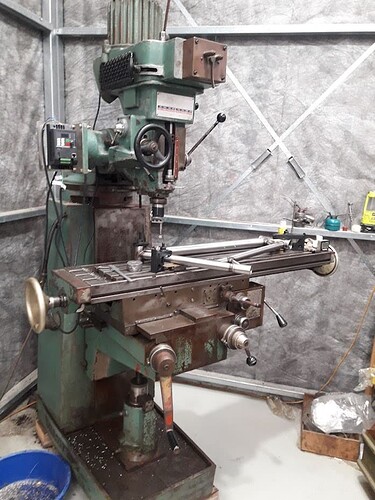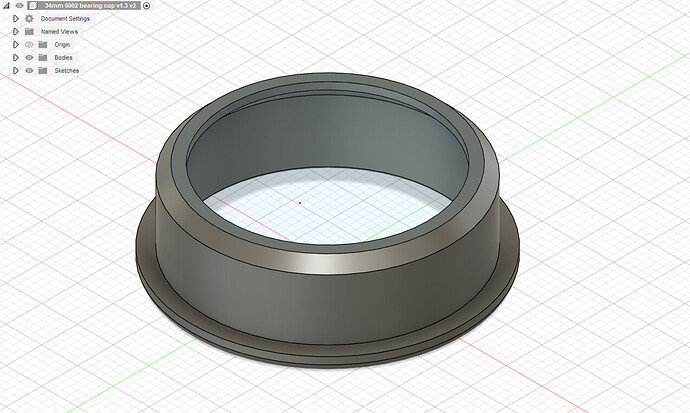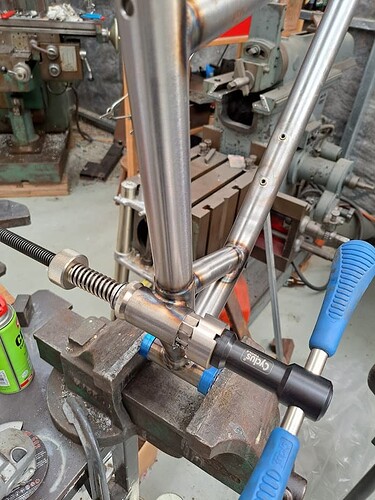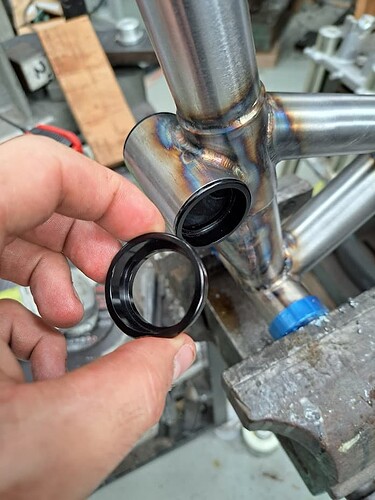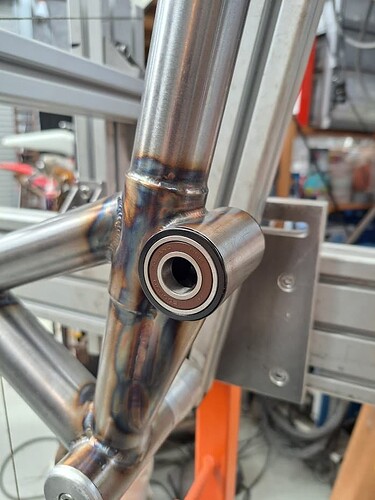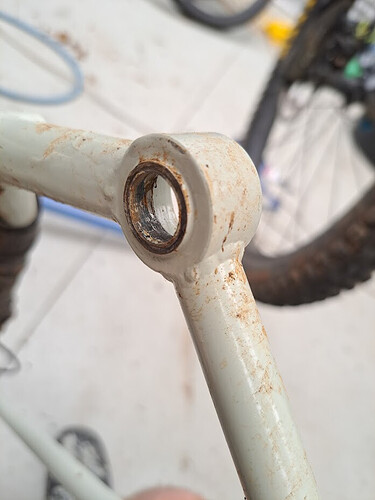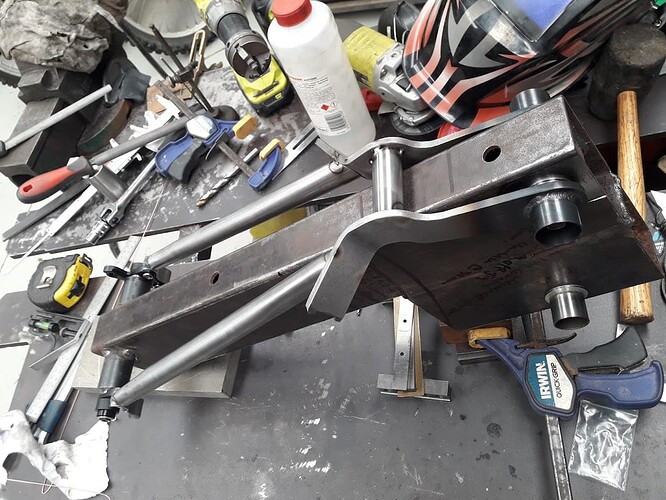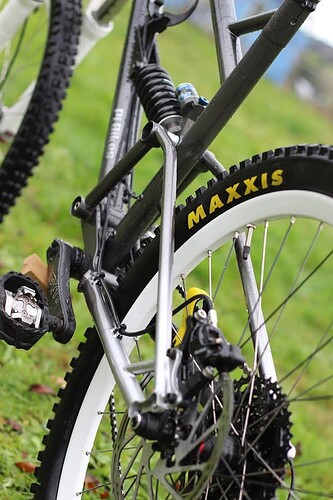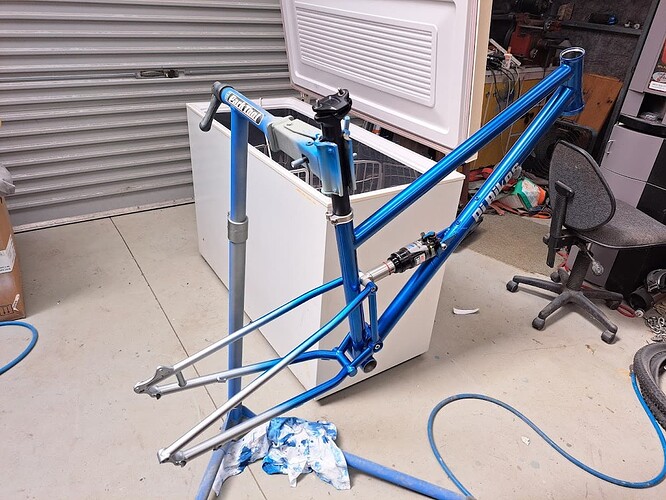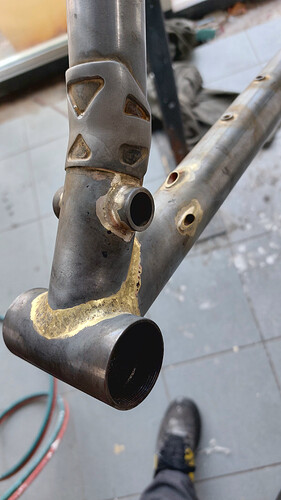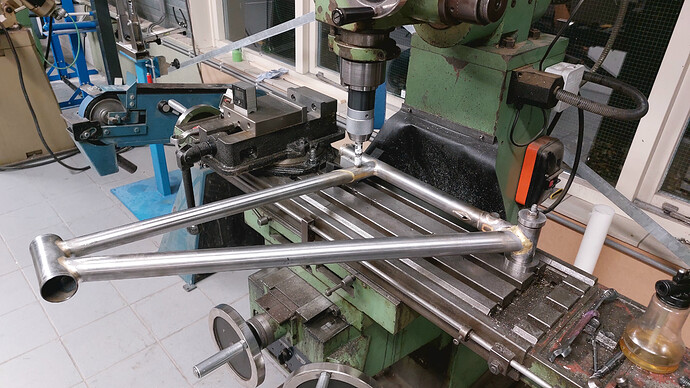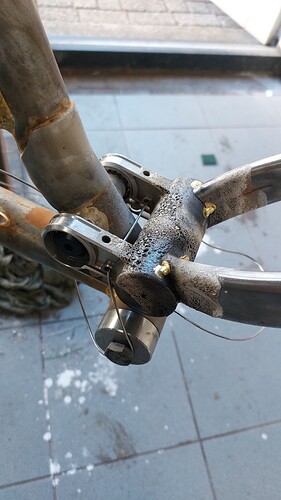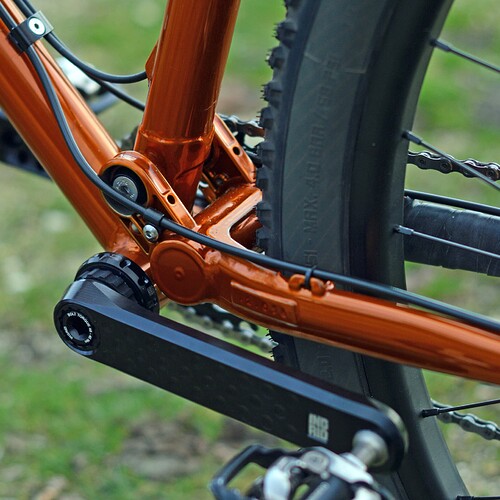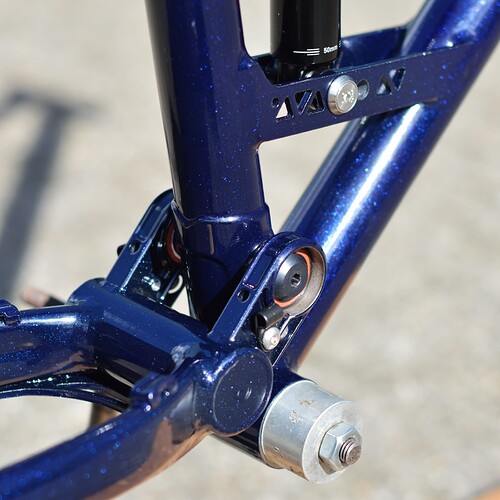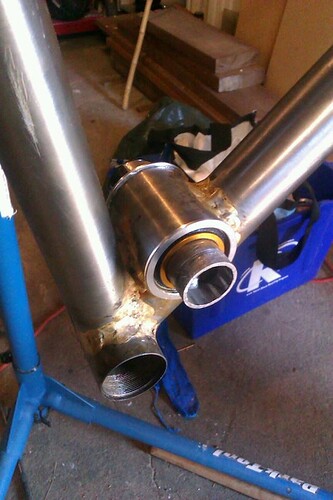I have made a couple of single pivot bikes and have plans for some slightly more complicated bikes in the not distant future. It took me a long while to decide on how to lay out my bearings and preload them etc. I don’t know if the way I have done it is the best, or even good. But I have had zero issues so far with either bike so I figured I would open a discussion on how I have done it and maybe others could share how they do it and build up a bit more knowledge.
I started off by picking a bearing size, this took a while to decide on but I settled on 6202 because I wanted to use a 38mm tube for my bearing housing and at 35mm that would leave me with 1.5mm of wall thickness. Since then I have done a bit of hunting around a noted down some common bearing sizes that other manufacturers use and their load ratings and made a spreadsheet
For my existing 2 full sus bikes I used the mill to bore out the bearing pockets with a boring head. This isn’t ideal, because I am not terribly talented at machining things and usually end up with some chatter going on. Its a pretty stressful operation with some pretty tight tolerances for an amateur.
I got them both done ok, bike 1 is a little bit loose and bike 2 is a little bit tight but its fine. I am currently working on full squish #3 and decided that I needed to find a better way. So I drew up a 34mm press fit cup much like a headset that takes a 32mm (6002rs) bearing and got 20 cups machined in china from an Aliexpress cnc shop. Turnaround was 3 weeks and it cost me $150usd including postage so that was pretty sweet and I am sorted for the next 10 bikes. If anyone wants the model send me a PM.
For preload I made the swingarm parts interface with the inner race of the bearings and made a shaft that went all the way through the swingarm and the bearing housing. I put M8 internal threads on either end of the shaft and faced it in the lathe so that when fully tightened it preloads the bearings by a set ammount. I have not been able to find good info on how to correctly chose a preload/tension ammount in a more scientific way than just doing it by feel so if anyone has any info on that the please share!
Bearing inner race butts against this (excuse the dirty frame!)
Anyway that’s about all I can think of at the moment, I would like to know how other people have been doing things in more detail so please share!

